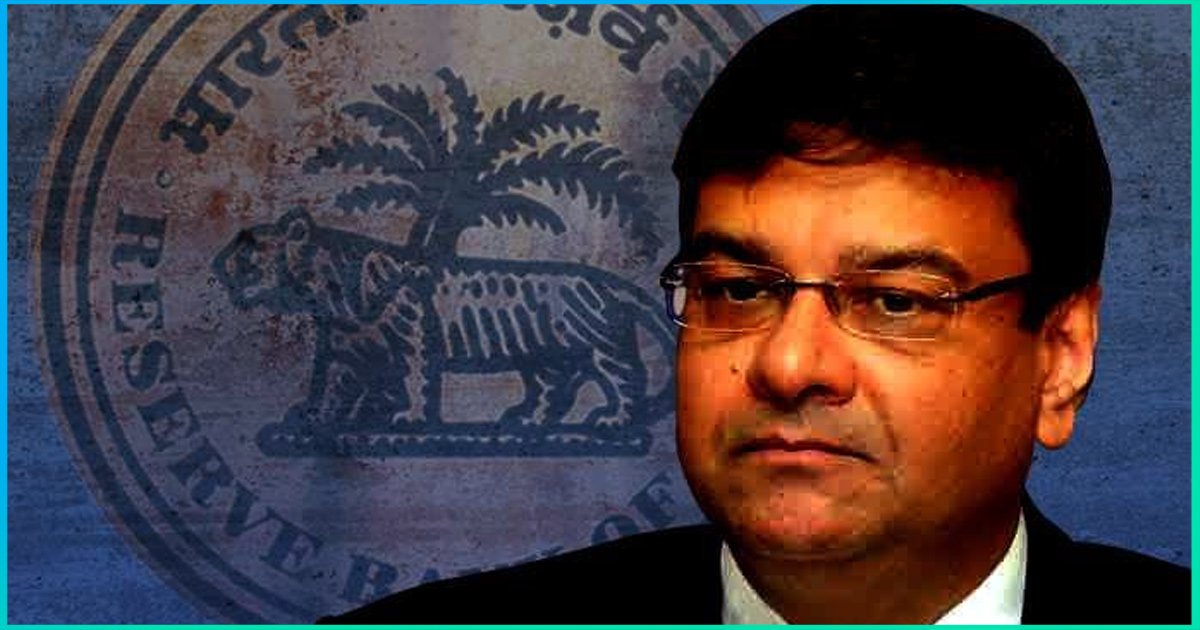
RBI Announces New Norms To Tackle Bad Loan
The Reserve Bank (RBI) on Monday has tightened the rules for the bad loan or Non-Performing Assets (NPAs) and sought to push more large loan defaulters toward bankruptcy courts. It has abolished half a dozen existing loan restructuring mechanisms. RBI said that the new set of rules were aimed at creating a “harmonized and simplified generic framework” for resolution of stressed assets in view of new bankruptcy regulations. The new norms will be working in line with Insolvency and bankruptcy Code (IBC). The Central government had given more powers to RBI last year for dealing with non-performing assets (NPAs).
The RBI has withdrawn the existing mechanisms like corporate debt restructuring scheme, Strategic Debt Restructuring Scheme (SDR), and Scheme for Sustainable Structuring of Stressed Assets with the new notification. The new norms have specified changes such as early identification of stressed assets, timelines for the implementation of resolution plans, and penalty on banks who fails to adhere to the timeliness.
RBI also tightened rules on resolution plans and said that any such process involved in the restructuring or change in the ownership for large accounts (loans with Rs 1 billion or more) would need independent credit evaluation. This evaluation would be done by credit rating agencies authorized by the RBI. “All prior schemes, including the popular Strategic Debt Restructuring Scheme, the Scheme for Sustainable Structuring of Stressed Assets, and the Corporate Debt Restructuring Scheme, will be withdrawn with immediate effect,” RBI said.
“All accounts, including such accounts where any of the schemes have been invoked but not yet implemented, shall be governed by the revised framework,” it added.
Commenting on RBI’s new policy, Financial Service Secretary Rajiv Kumar told The Times of India that last night’s notification was a wake-up call for defaulters. “The government is determined to clean up things in one go and not defer it. It is a more transparent system for resolution,” he said.
Non-Performing Asset (NPA)
Non-Performing Asset refers to the credit facility in which the interest and/or the instalment of the principal has remained past due for a specified period of time. In simple terms, it is the amount of loan that was not returned by the borrower. It is the failure to meet the financial obligations or non-payment of a loan. NPAs can also occur if a company makes interest payments but do not repay the principal amount.
Since the financial institutions depend on the interest payments to generate income, Non-performing assets are big hurdles for them.
 All section
All section













